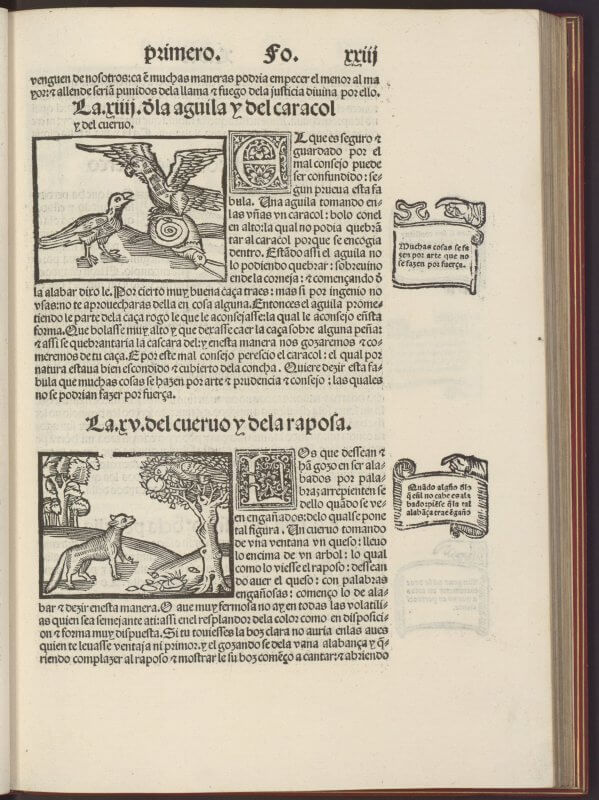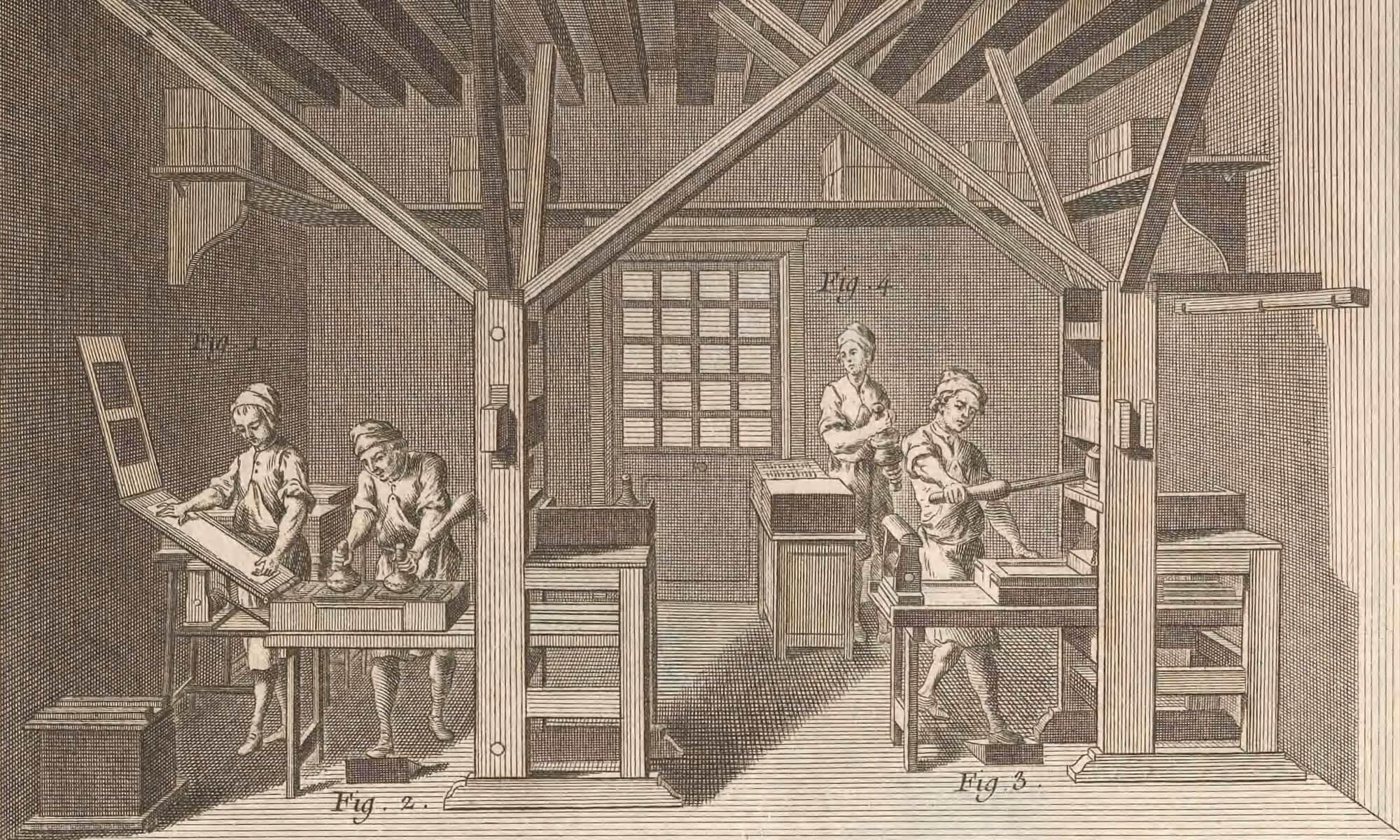Anatomical fugitive sheet (1573)
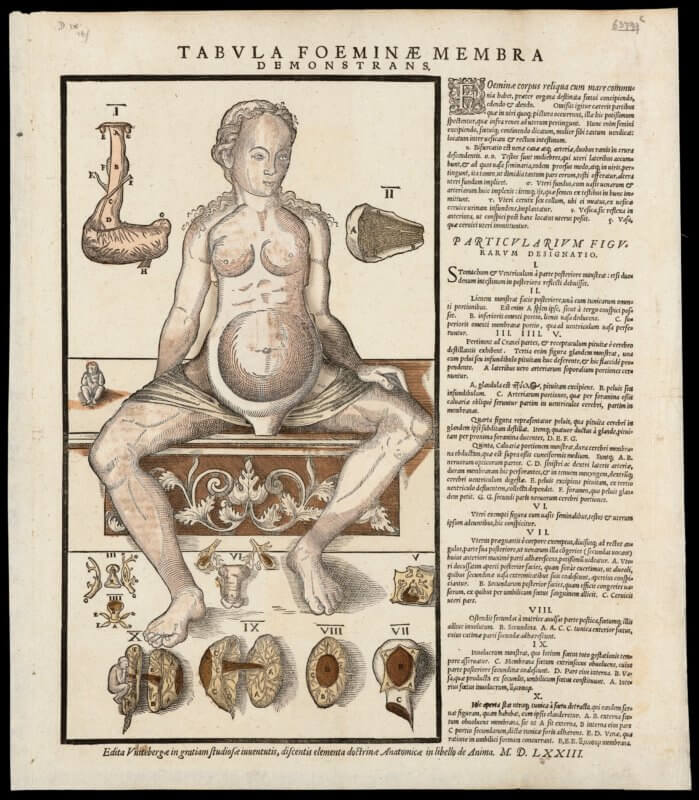
Anatomical fugitive sheet, flap 1 (1573)
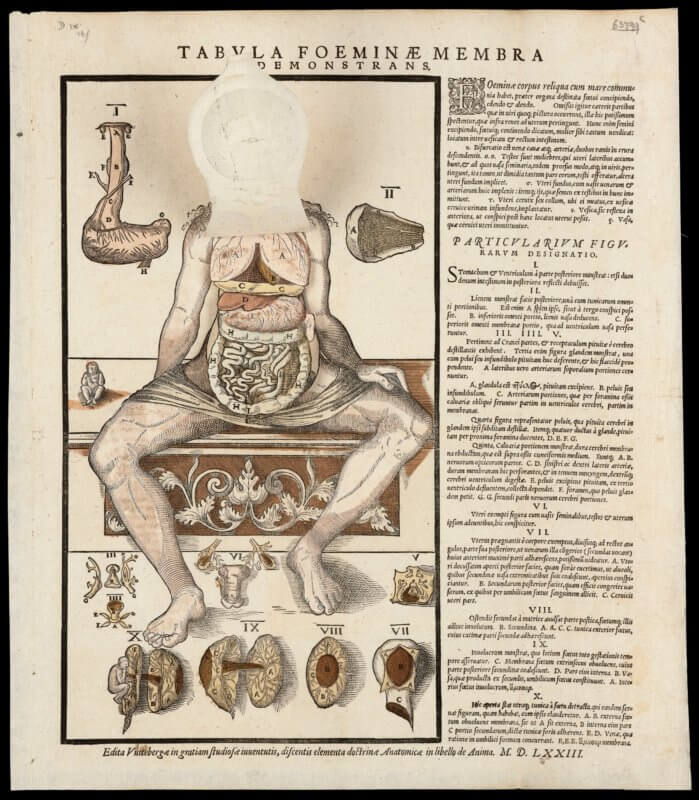
Anatomical fugitive sheet, flap 2 (1573)
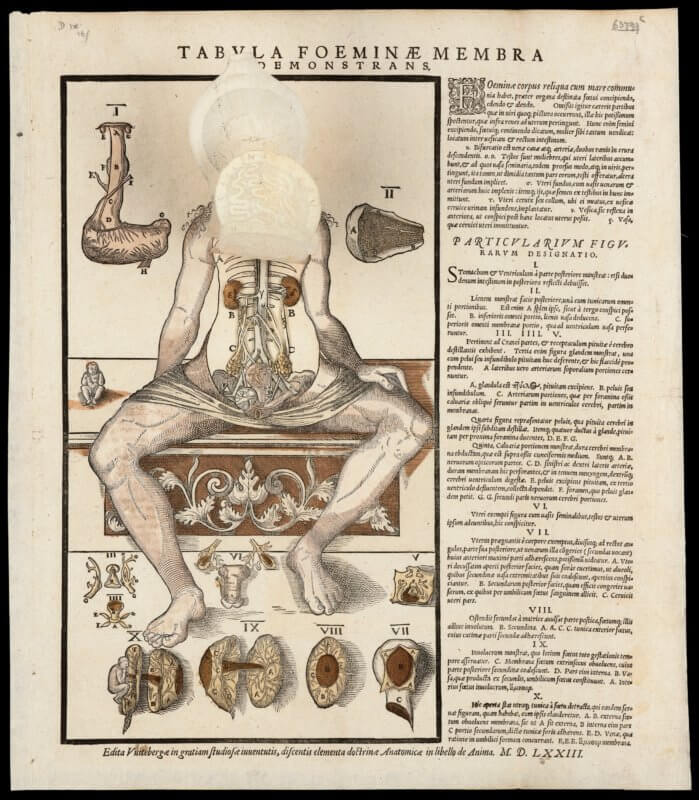
Anatomical fugitive sheet, flap 3 (1573)
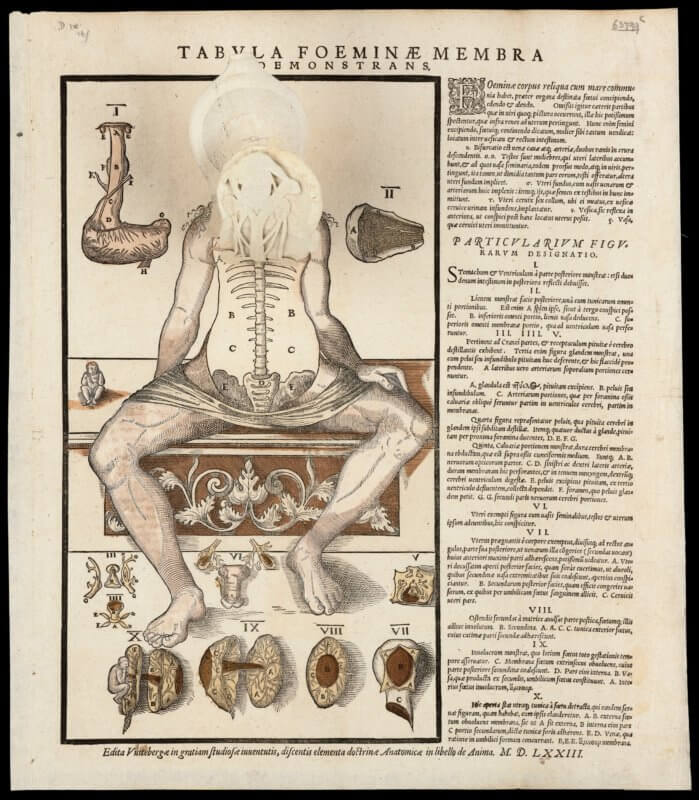
Bible, English, 1611 (A1r)
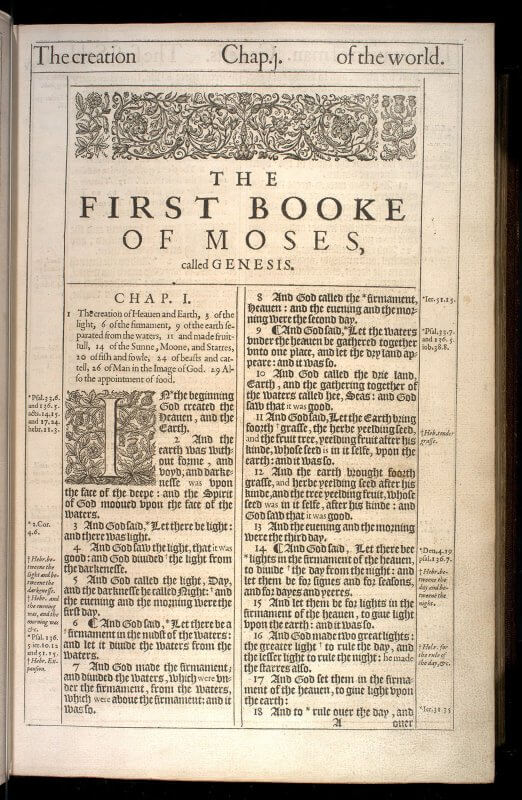
Dowland, Songes, 1597 (L1r)

Erasmus, Novum Instrumentum, 1516 (A1r)
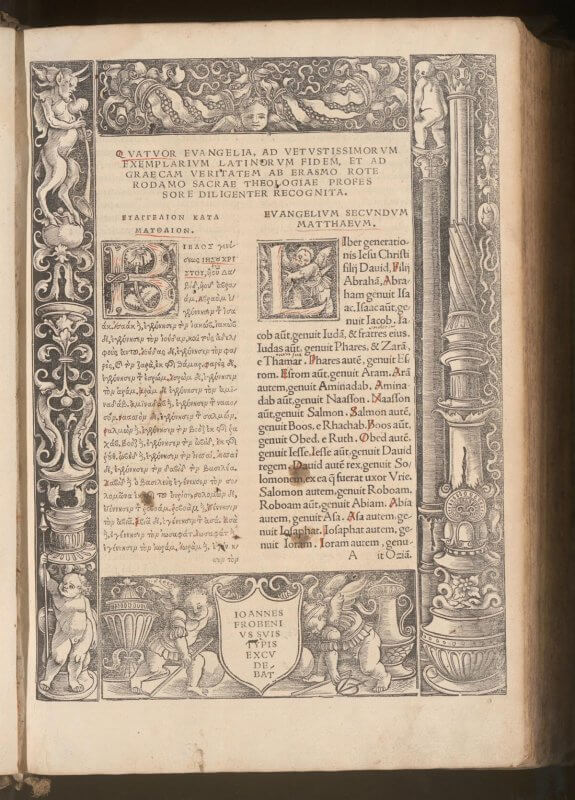
James I, By the King, 1611

Prouisiones cedulas, 1563 (m2r)

Rinuccio, Aesop, 1521 (sig. c7r)
